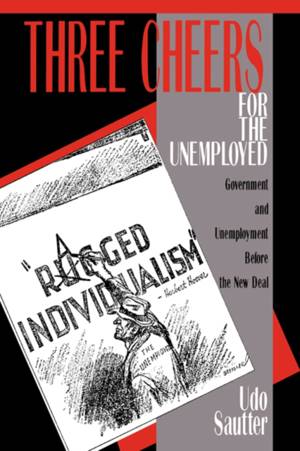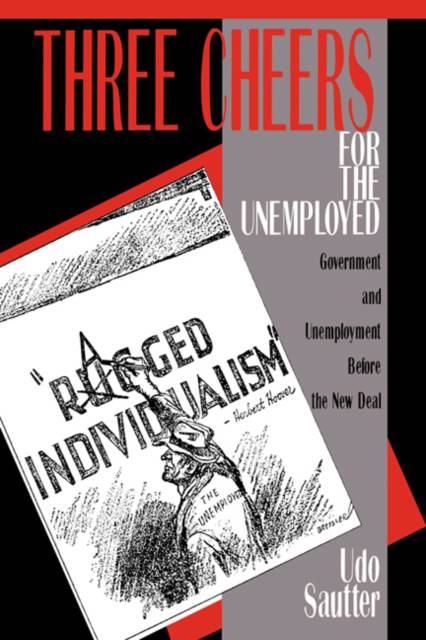
- Afhalen na 1 uur in een winkel met voorraad
- Gratis thuislevering in België vanaf € 30
- Ruim aanbod met 7 miljoen producten
- Afhalen na 1 uur in een winkel met voorraad
- Gratis thuislevering in België vanaf € 30
- Ruim aanbod met 7 miljoen producten
Zoeken
€ 64,95
+ 129 punten
Uitvoering
Omschrijving
This book describes the beginning and development of unemployment reform until the New Deal. As a consequence of large scale industrialization after the Civil War, joblessness could no longer be understood to be caused by a character defect, but had to be ascribed to societal forces. It became clear to the concerned that traditional remedial measures could not adequately cope with the problem. By the time of the entry of the United States into World War I reformist thinking had devised the major instruments that were later employed in dealing with unemployment. After the war and during most of the 1920s these instruments underwent thorough examination and refinement, and the early years of the Great Depression saw their tentative use. At the eve of the New Deal a well reasoned and experimentally tried group of social instruments was available. The book essentially refutes a social control explanation for this process and stresses the progressive motivation of the reformers involved.
Specificaties
Betrokkenen
- Auteur(s):
- Uitgeverij:
Inhoud
- Aantal bladzijden:
- 420
- Taal:
- Engels
- Reeks:
Eigenschappen
- Productcode (EAN):
- 9780521533270
- Verschijningsdatum:
- 13/02/2003
- Uitvoering:
- Paperback
- Formaat:
- Trade paperback (VS)
- Afmetingen:
- 155 mm x 228 mm
- Gewicht:
- 621 g

Alleen bij Standaard Boekhandel
+ 129 punten op je klantenkaart van Standaard Boekhandel
Beoordelingen
We publiceren alleen reviews die voldoen aan de voorwaarden voor reviews. Bekijk onze voorwaarden voor reviews.











